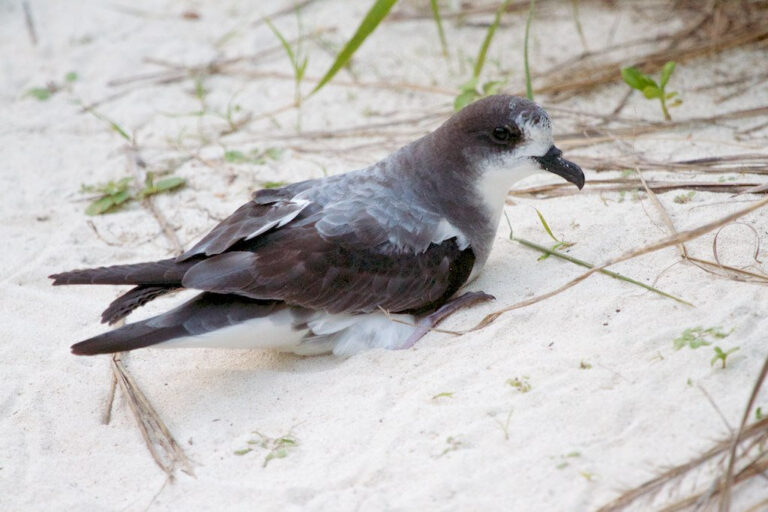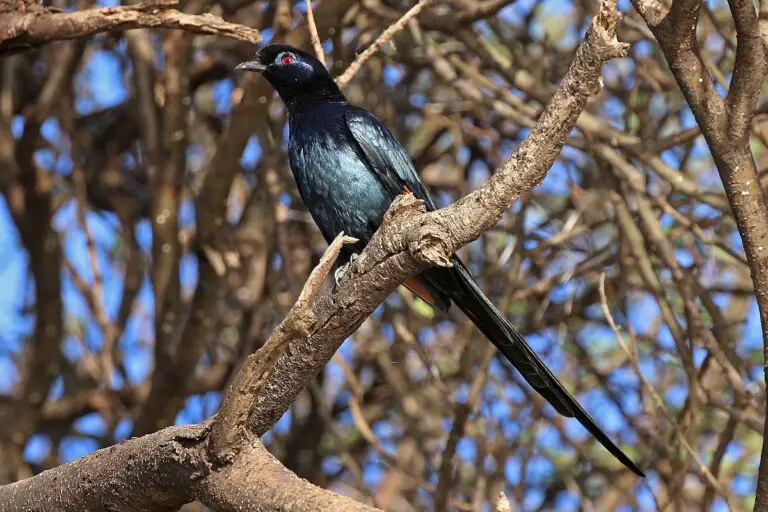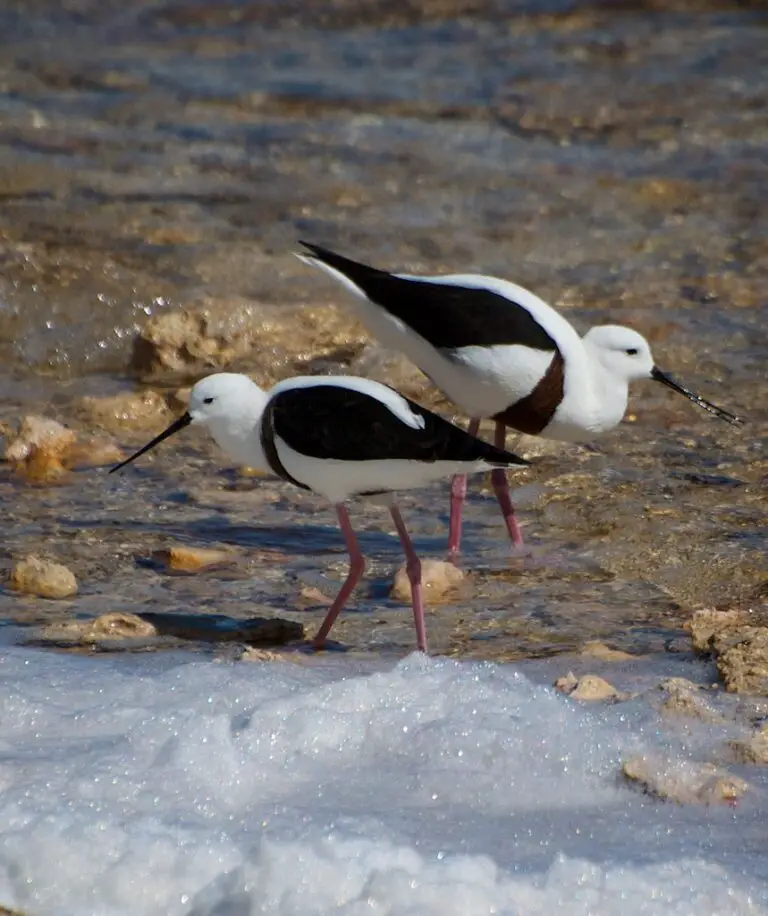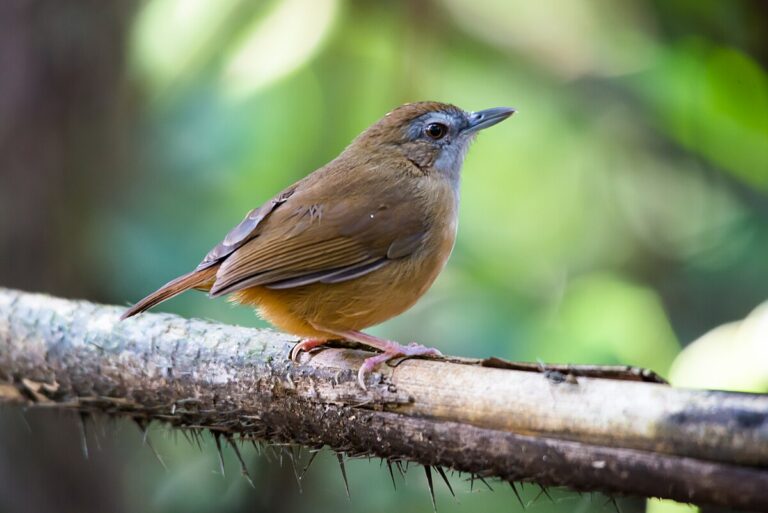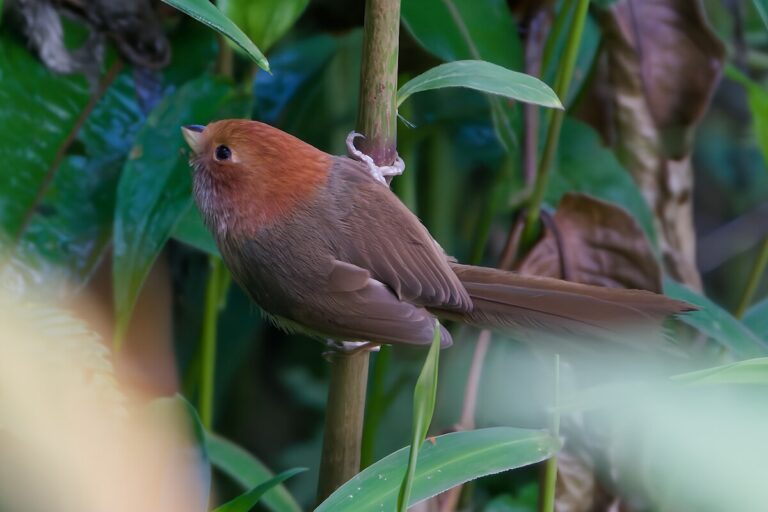Jackdaw
“The jackdaw is a clever and mischievous bird, a capable scavenger, and a devoted partner.“
The scientific classification of the Jackdaw is as follows:
- Kingdom: Animalia
- Phylum: Chordata
- Class: Aves
- Order: Passeriformes
- Family: Corvidae
Conservation Status: Least Concern
Locations: Jackdaws are found in Asia, Eurasia, and Europe.
- Prey: Seeds, fruits, insects, spiders, snails, carrion, and bird eggs.
- Fun Fact: Jackdaws tend to mate for life with a single partner.
- Estimated Population Size: Around 100 million.
- Biggest Threat: Predators.
- Most Distinctive Feature: The silvery white plumage around the neck.
- Other Name(s): Jackerdaw, sea crow, cawdaw, caddy.
- Wingspan: 27 inches.
- Incubation Period: 17-18 days.
- Habitat: Farmlands, woodlands, cliffs, and urban environments.
- Predators: Birds of prey, stoats, weasels, polecats, cats, and rodents.
- Diet: Omnivore.
- Type: Bird.
- Common Name: Jackdaw.
- Number Of Species: 1.
- Location: Eurasia.
- Nesting Location: Hollow cavities.
- Age of Molting: A month.
- Migratory: No.
- Physical Characteristics:
- Color: Grey, Black, White, Purple, Silver.
- Skin Type: Feathers.
- Top Speed: 25 mph.
- Lifespan: 5 years on average.
- Weight: 8 ounces.
- Height: 13 inches.
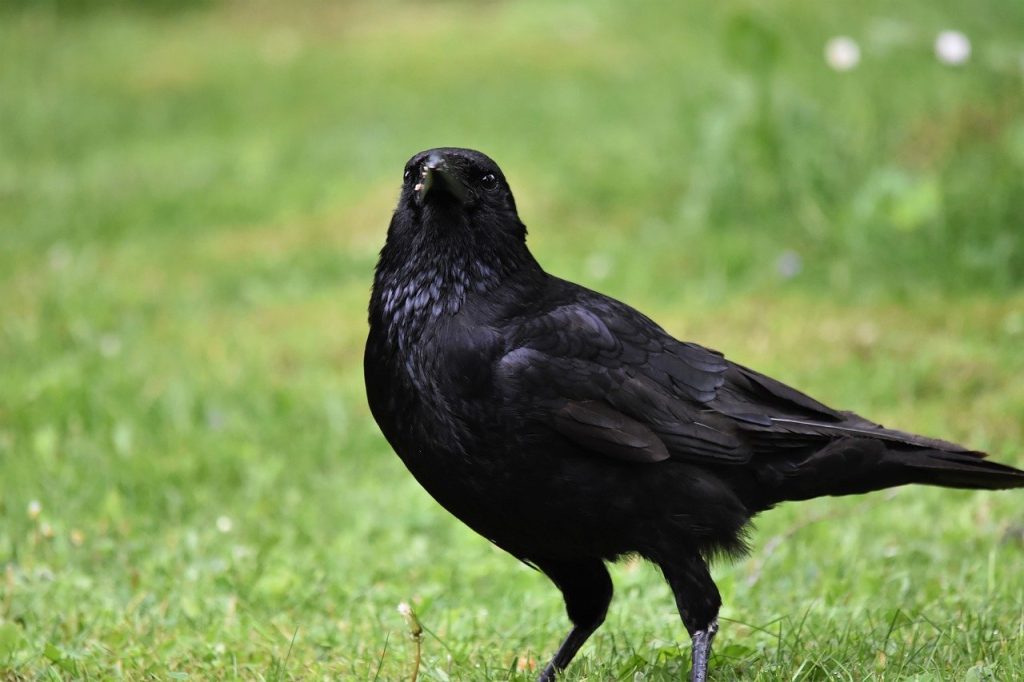
Jackdaws are fascinating birds! Their intelligence and sociability, coupled with their tool usage abilities, make them stand out among avian species. Symbolizing different concepts in various human cultures, they hold a unique place in folklore and mythology. With their distinct behaviors and widespread distribution, jackdaws continue to intrigue and captivate observers worldwide.
4 Amazing Jackdaw Facts!
- Annual Molting: Jackdaws undergo an annual molting season in summer and autumn, replacing their entire plumage. As they age, their feathers may gradually turn gray, adding to their distinctive appearance.
- Attraction to Shiny Objects: Known for their affinity for shiny trinkets, jackdaws are often portrayed as thieves in stories. This behavior adds to their enigmatic and mischievous reputation.
- Taming and Mimicry: While not suitable as pets, jackdaws can be tamed and trained to perform various tricks. Remarkably, they possess the ability to mimic human voices and other sounds, showcasing their intelligence and adaptability.
- Etymology of Name: The name “jackdaw” derives from “jack,” meaning “small,” and “daw,” an archaic British term for the bird. Alternatively, some suggest “jack” originates from the bird’s call, resembling a distinct “tchack” sound, further enriching its linguistic history.
Scientific Name
The taxonomical classification of the jackdaw has evolved, placing it originally within the genus Corvus but now in its own separate genus called Coloeus, derived from the ancient Greek word for the jackdaw. This bird belongs to the Order Passeriformes and Family Corvidae.
The scientific name of the western or Eurasian jackdaw species is C. monedula. “Monedula” originates from a Latin word meaning “money,” alluding to the jackdaw’s attraction to shiny objects. This species inhabits Great Britain, western Europe, Scandinavia, northern Asia, and Northern Africa. It comprises four subspecies: the Nordic, Western Eurasian, Eastern Eurasian, and Algerian jackdaws.
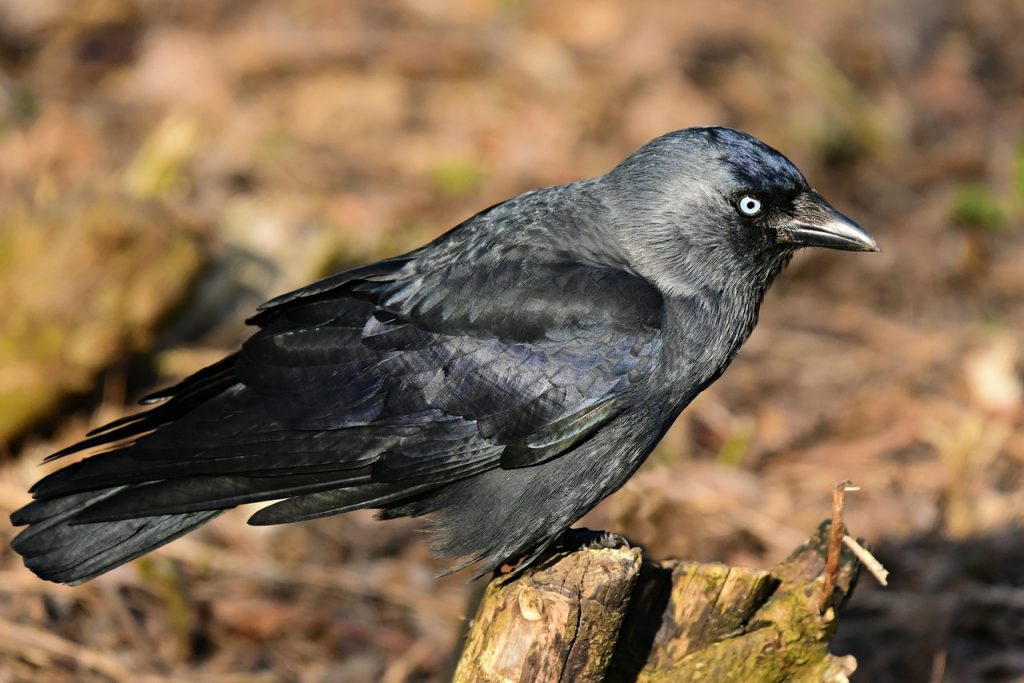
Appearance
The jackdaw, the smallest member of the Corvid family, measures approximately 13 inches in height and weighs around 8 ounces, equivalent to a typical drinking glass. The western jackdaw is distinguished by its pale white or grey iris and light grey nape, while the eastern species exhibits white feathers at the nape and dark irises in adults. Juveniles possess dull plumage with brown irises and develop their adult form over time, characterized by strong black beaks and legs.
Jackdaw vs. Crow
Indeed, while both birds share similarities, there are distinct features that help differentiate between them. The larger size and darker plumage of the crow serve as key identifiers, contrasting with the smaller size and lighter-colored plumage around the neck of the jackdaw. These characteristics provide clear visual cues for distinguishing between the two species, aiding in accurate identification.
Behavior
The foundation of jackdaw society revolves around mating pairs, which often bond for life. These pairs roost and feed within larger colonies, sometimes comprising thousands of birds. Despite being mostly unrelated, colony members cooperate in acquiring food and resources, often sharing information about food sources.
Communication among jackdaws involves various vocalizations, including the familiar “jack” or “chak” greeting call, as well as alarm calls, mating calls, and roosting calls. The Daurian jackdaw has a distinctively nasal sound.
As members of the Corvidae family, jackdaws are considered highly intelligent. They demonstrate tool usage, problem-solving abilities, and potentially even the capacity to recognize individual human faces, placing them among the most intelligent animals on Earth.
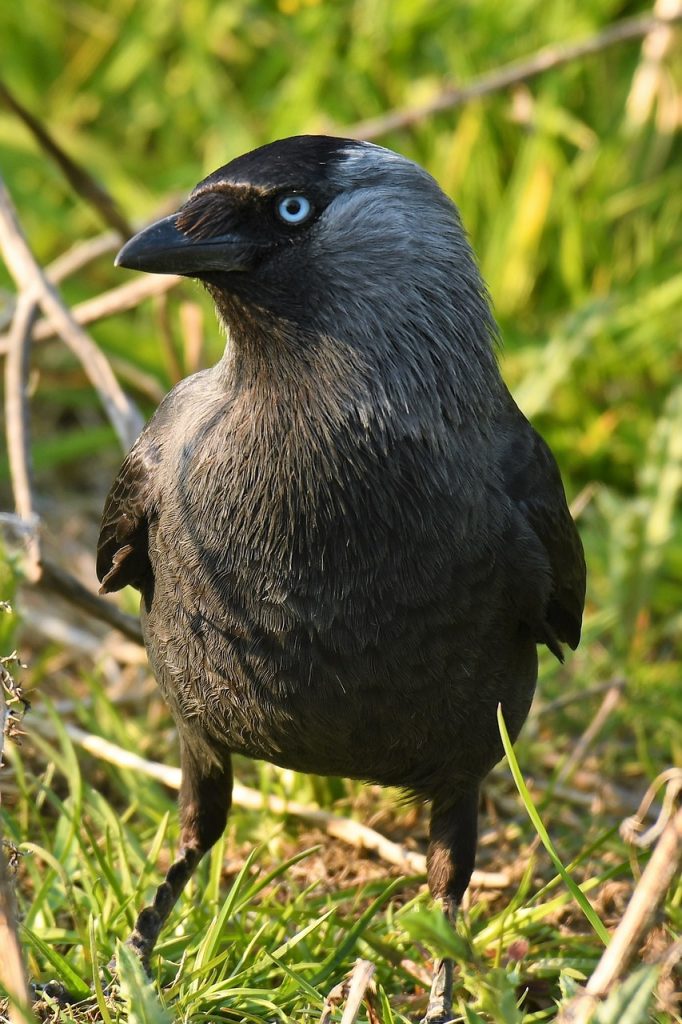
Habitat
Both species of jackdaw typically inhabit a range of environments, including farmlands, open woodlands, cliffs, and urban areas. Groups of jackdaws are often observed foraging on the ground in open terrain.
While many jackdaws remain resident in their territories year-round, populations in the northernmost regions migrate south for the winter. During late autumn, these migrating jackdaws can be seen flying in large formations as they make their seasonal journey.
Diet
The jackdaw is a scavenging omnivore with a varied diet. It consumes seeds, fruits, and small invertebrates such as insects, snails, and spiders. Additionally, it opportunistically feeds on abandoned carrion, untended bird eggs, and even raids garbage bins, landfill sites, and gardens. Large colonies of jackdaws can often be observed foraging alongside crows and rooks.
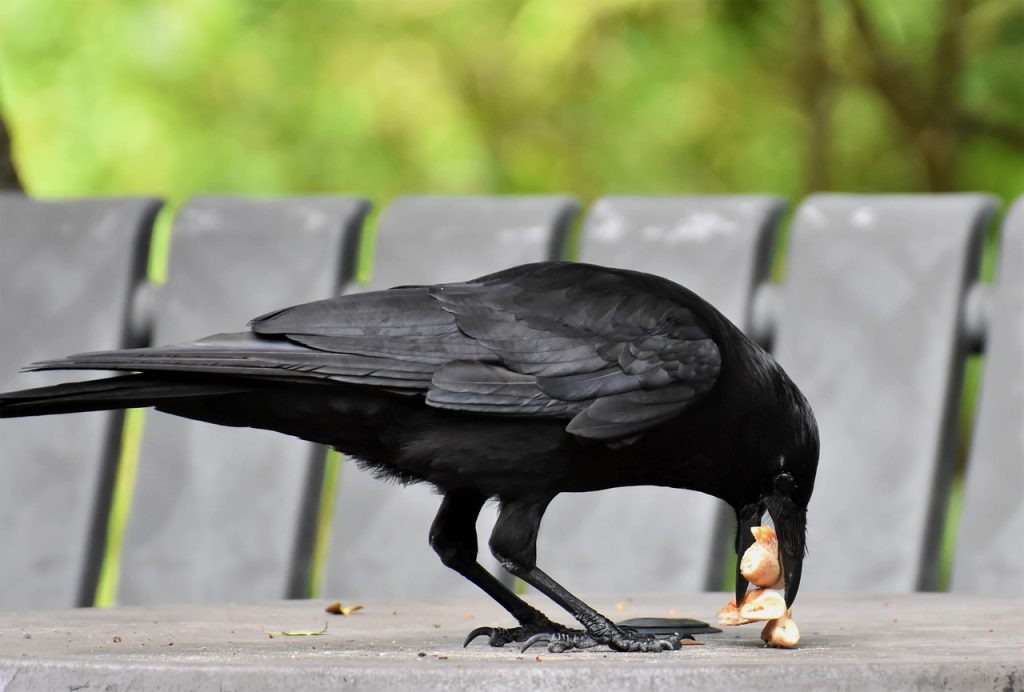
Reproduction, Young, and Molting
Jackdaws exhibit remarkable versatility in nest-building, utilizing a variety of cavities including tree holes, chimneys, cliffs, attics, and buildings, roughly the size of their height. Nests feature an outer layer of larger sticks and an inner lining of wool or hair.
Mating pairs form strong monogamous bonds, often lasting for life. During the breeding season from April to July, the female lays a clutch of four to six eggs. She primarily handles incubation duties, while the male provides food.
Eggs hatch asynchronously, with the first chick often fledging while the last is still hatching. However, in times of food scarcity, the youngest chicks may not survive. Juveniles attain sexual maturity by their second year.
While the Eurasian and Daurian jackdaw species coexist, they typically do not interbreed. In the wild, jackdaws have an average lifespan of around five years, though this can be shortened by predators, disease, and food shortages.
Predators and Threats
Highly adaptable and versatile, the jackdaw encounters few threats in its natural habitat apart from predators. It is hunted by birds of prey, stoats, weasels, polecats, wild and domestic cats, and rodents. These predators often seize eggs opportunistically, but some also target adult birds. Jackdaws employ alarm calls and mobbing behavior to fend off predators and protect their nests and young.
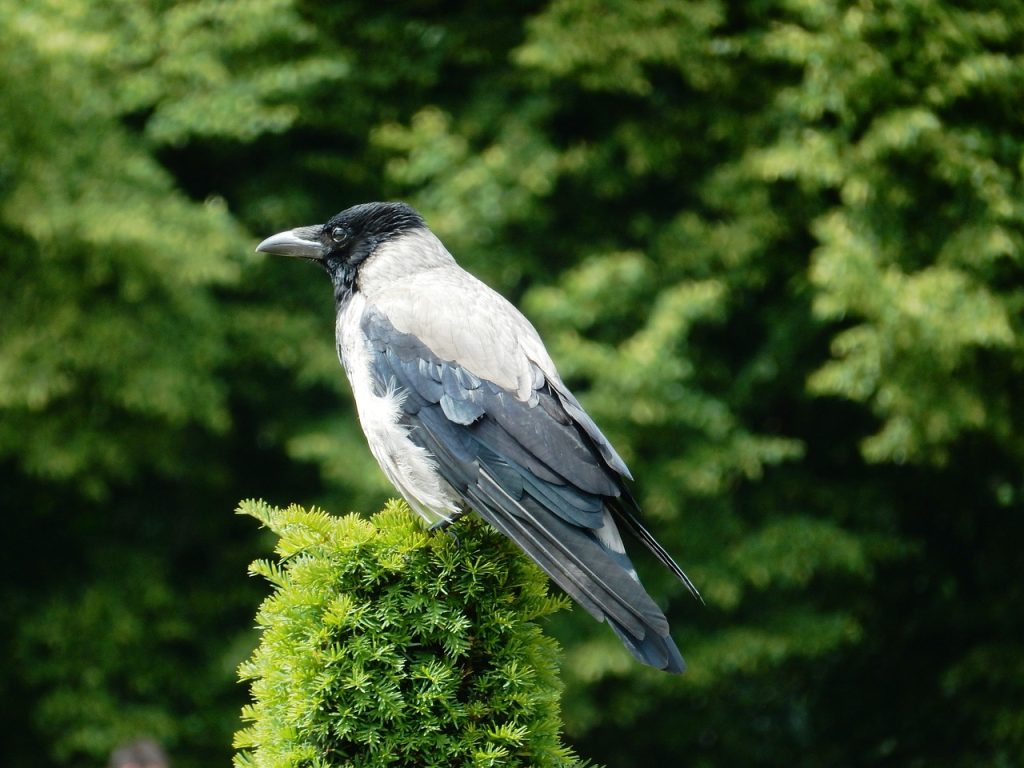
Population and Conservation Status
The Eurasian jackdaw boasts a population estimated between 40 million and 85 million mature individuals in the wild, while the Daurian jackdaw population, although smaller, remains significant. Both species are categorized as species of least concern by the IUCN Red List, indicating stable population numbers for the time being.
Last Words…
The jackdaw, a member of the Corvid family, is a highly adaptable and intelligent bird found across Eurasia. With its distinct features, including its light-colored plumage, social behavior, and versatile diet, the jackdaw thrives in various habitats, from farmlands to urban environments. Despite facing predation threats, its population remains stable, reflecting its resilience and ability to coexist with human activities.
